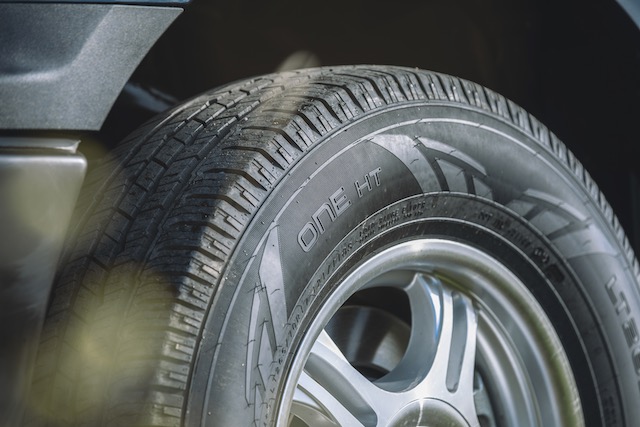Safety should always be of high priority. It should always be on your mind when it comes to driving. Even before you get behind the steering wheel, you should check that the tires look ok and that they don’t look inflated. This means that before you start driving, you have already made sure that the car looks safe and you have safety on the top of your mind. You need to make sure that you know where you are going and have a sufficient amount of time to reach it.
The windows need to be cleaned, and all the lights have to work. If it is wintertime, you will need to scrape the windows and brush off any loose snow from them. You also need to have winter-approved tires so that they are safe to use on snow and ice. The winter-approved tires include the range of winter tires that can be studded or non-studded and the so-called all-weather tires. The all-weather tires shouldn’t be confused with the all-season tires. The latter should only be used during the warm seasons, as they aren’t winter-approved. The all-weather tires are often winter-approved and have a severe service emblem on their sidewall.
When driving, you need to avoid even the smallest incidents by being time observant and agile. The trick is to do everything to avoid near misses. The Heinrich model indicates that for every 300 near misses, you will have 29 minor accidents, and out of 29 minor accidents, you will have one major injury. Since you want to avoid major injuries, you need to start by eliminating the near incidences. If you do everything to reduce the near misses, you should have fewer minor accidents, and fewer minor accidents would lead to fewer major injuries.
When driving, the tires needed to be of the highest quality also with a good safety record. It is advisable to participate in winter driving training every 2nd or 3rd year. You can practice in winter conditions and see how your car performs on winter surfaces and wet surfaces. You get respect for how speed impacts the braking distance and how difficult it can be to control the car at a high speed.
Make sure to check the tires to ensure that they have the correct pressure so that you don’t drive with under- or overinflated tires. Use studded tires during the winter season for maximum grip on all surfaces, especially ice. The added grip on ice will help to eliminate even the smallest incidents. All-season tires should be mounted as late as possible to avoid any reoccurring winter weather coming. If there was bad weather and we had already changed tires, we were advised not to drive and stay home or take alternative transportation.
Use hands-free sets in your car and preferably also a navigation system, as both can act as a distraction. Do not use your phone for texting or allowing your attention to shift away from the road to it.
For more information regarding the safety of tires, visit: https://www.nokiantires.com
